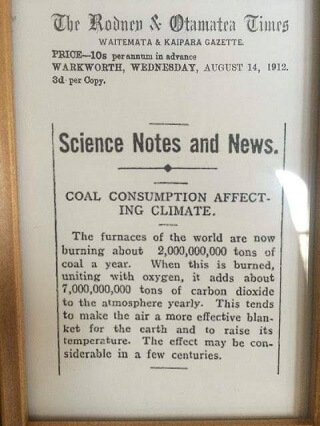Climate-Proofing Our Cities

It’s hard to read an article like this one without one’s mind ranging to the old adage: an ounce of prevention is worth a pound of cure. It’s probably even more applicable here today than when it was coined by Ben Franklin almost 300 years ago, given that there are elements of damage being inflicted on our environment that we, as a civilization, are totally powerless to protect against with technology.
Let’s say we can build walls around New York, thus protecting the Big Apple and its surrounds against the next Superstorm Sandy. Yet, regardless of our capacity for supersizing our seawalls and building redundancy into our electric grid:
• High concentrations of greenhouse gases will continue to cause droughts, wildfires, and floods in areas that we simply don’t have the resources to defend.
• Desertification will keep shrinking the amount of arable land on which to grow food.
• CO2 levels will still acidify our oceans, slowing rendering them incapable of supporting fish and all other types of aquatic animals (except jellyfish).
• Pollution from power plants will continue to cause increased rates of cancer and respiratory disease, and increasing the rate at which species of plants and animals go extinct.
Building walls seems to be the watchword for the early 21st Century. But wouldn’t it be better to deal with the underlying problem?
